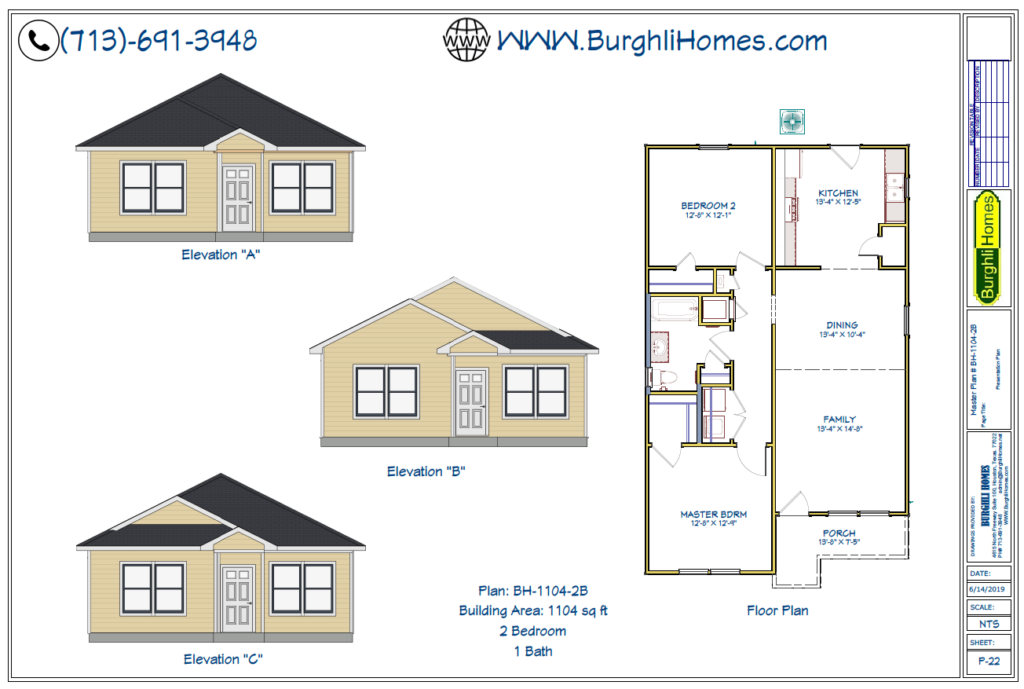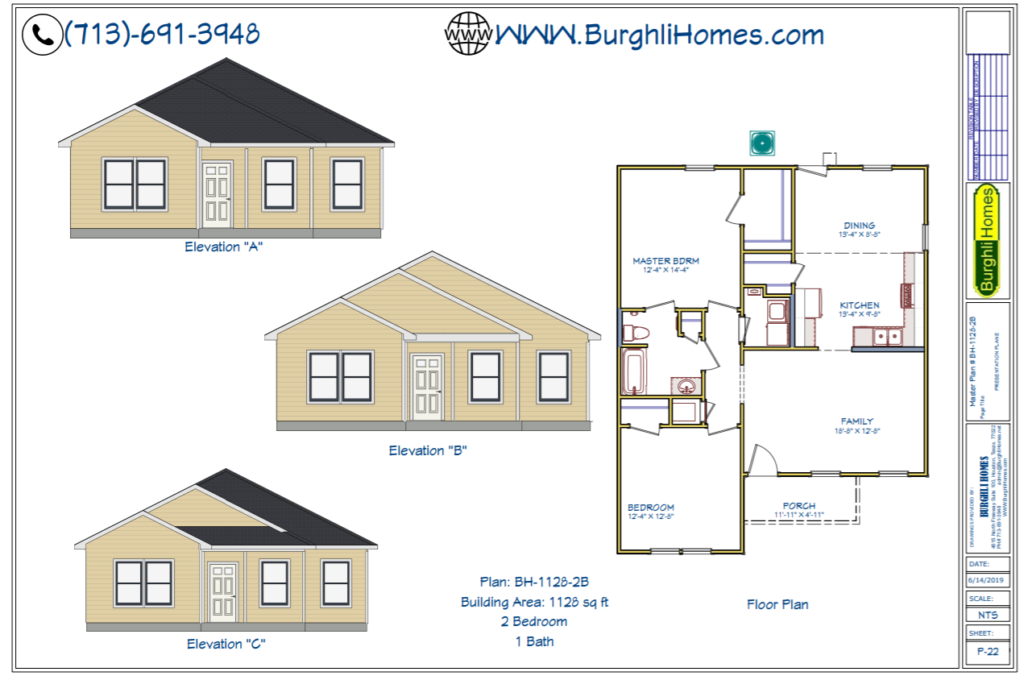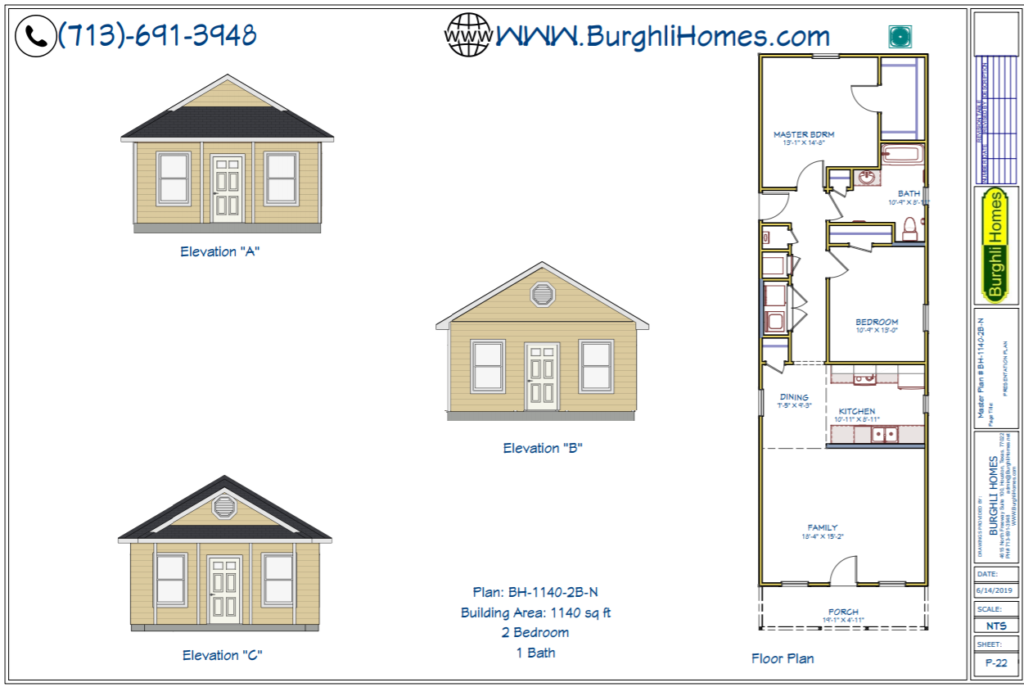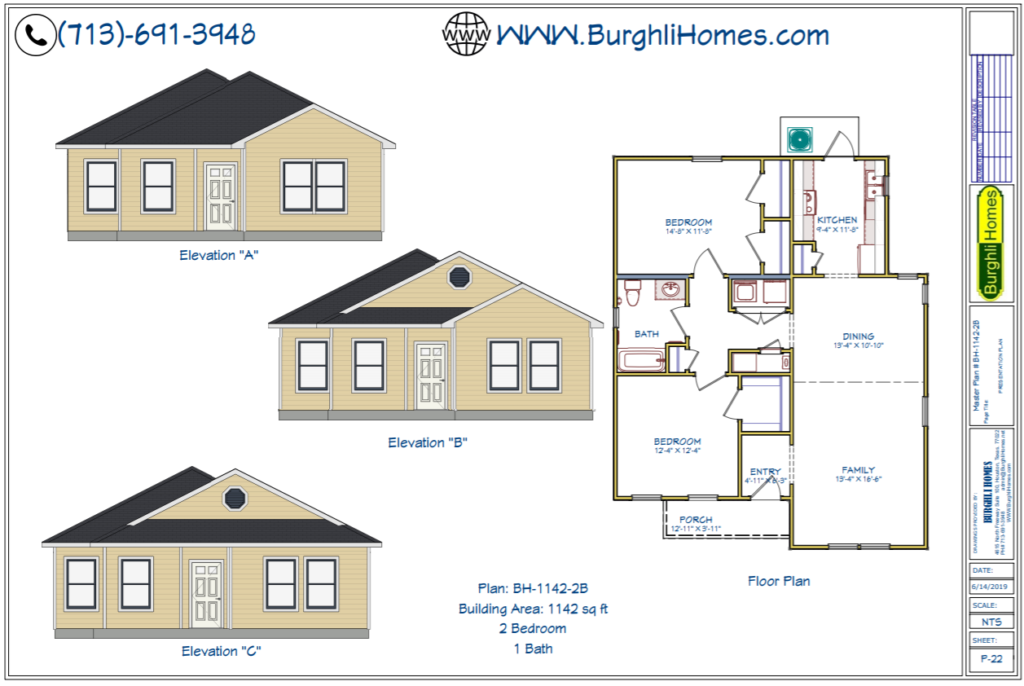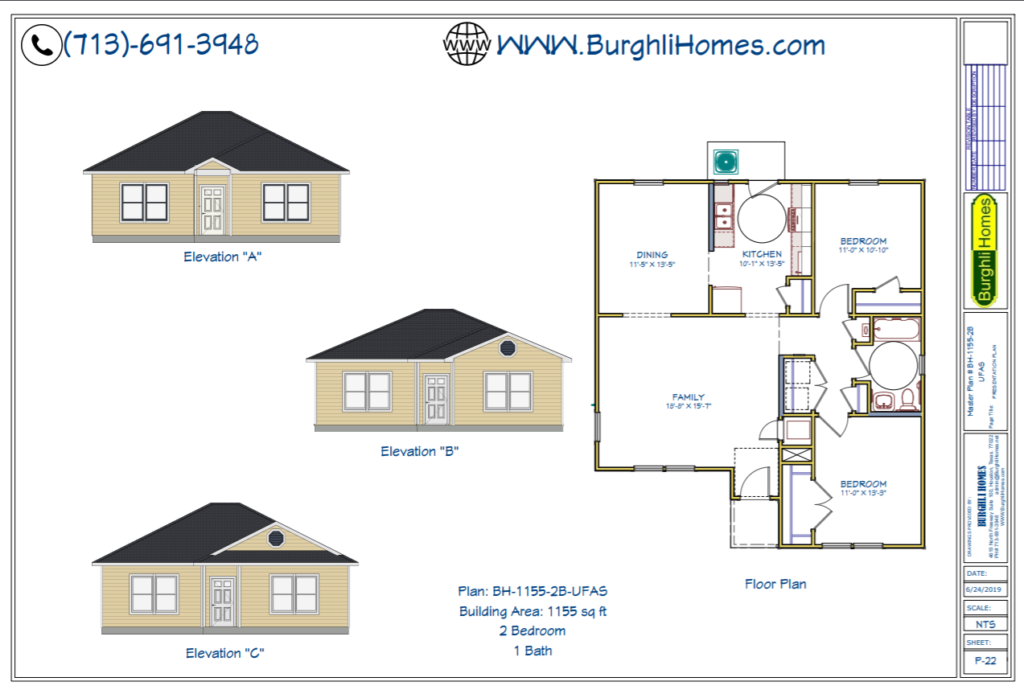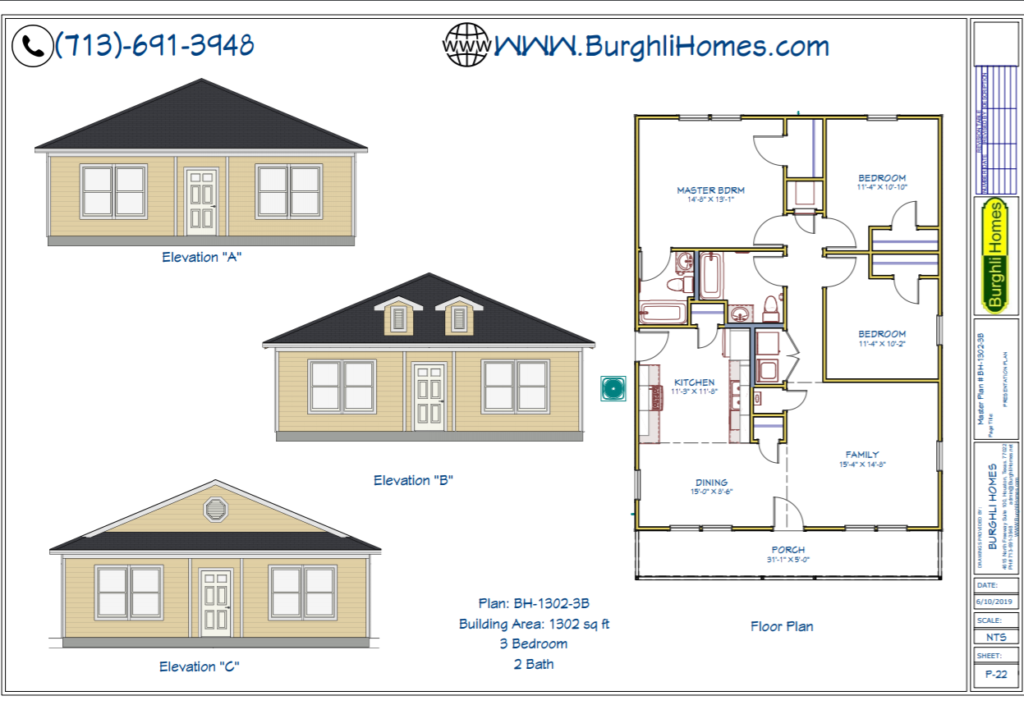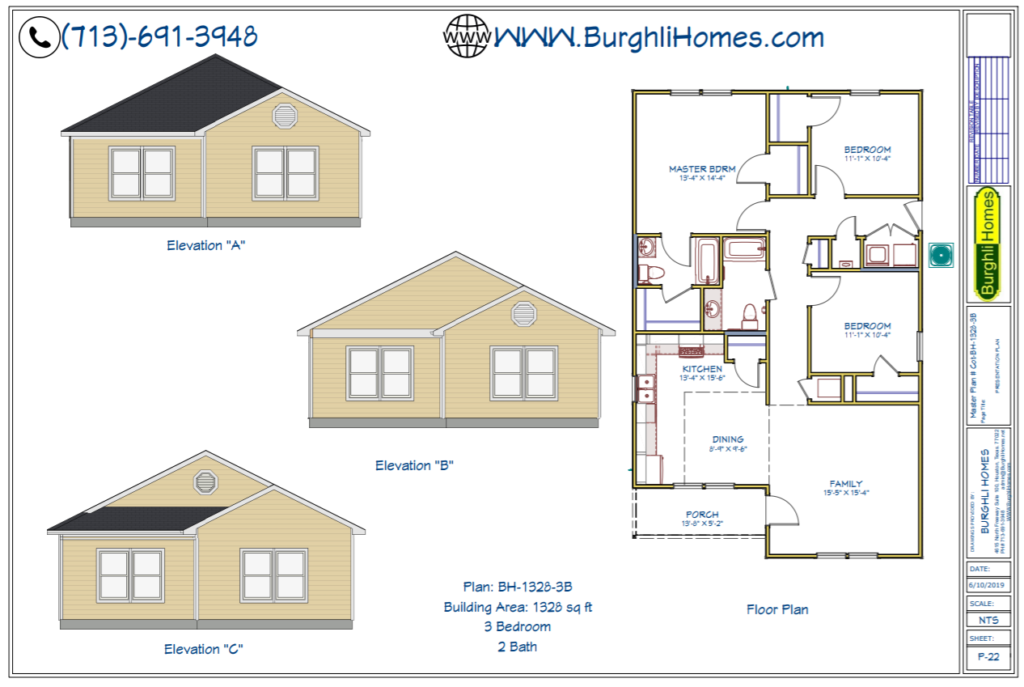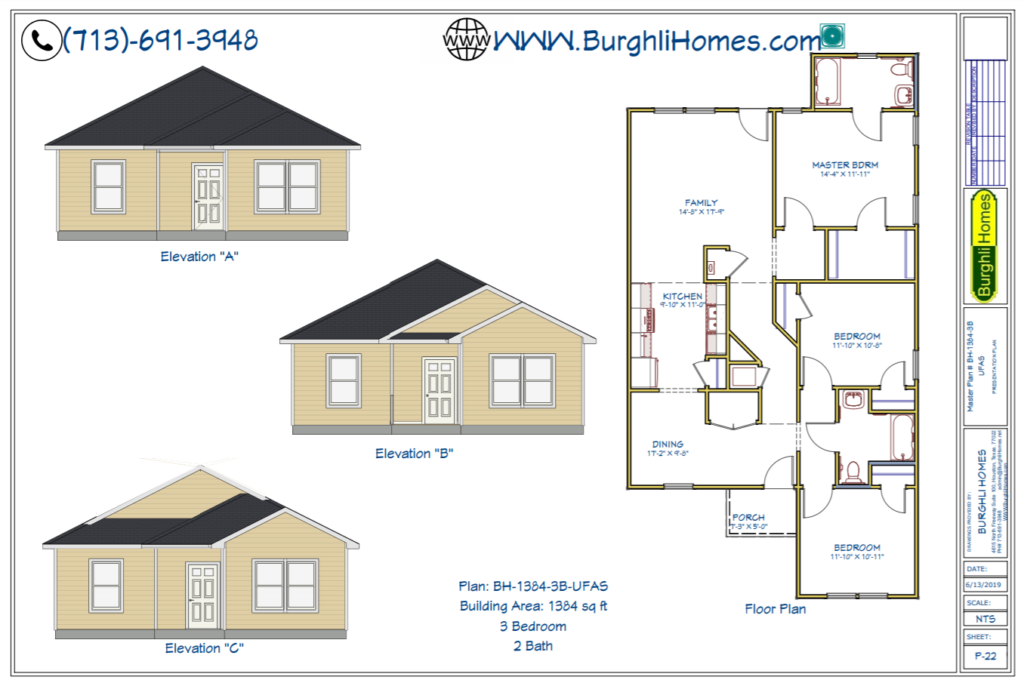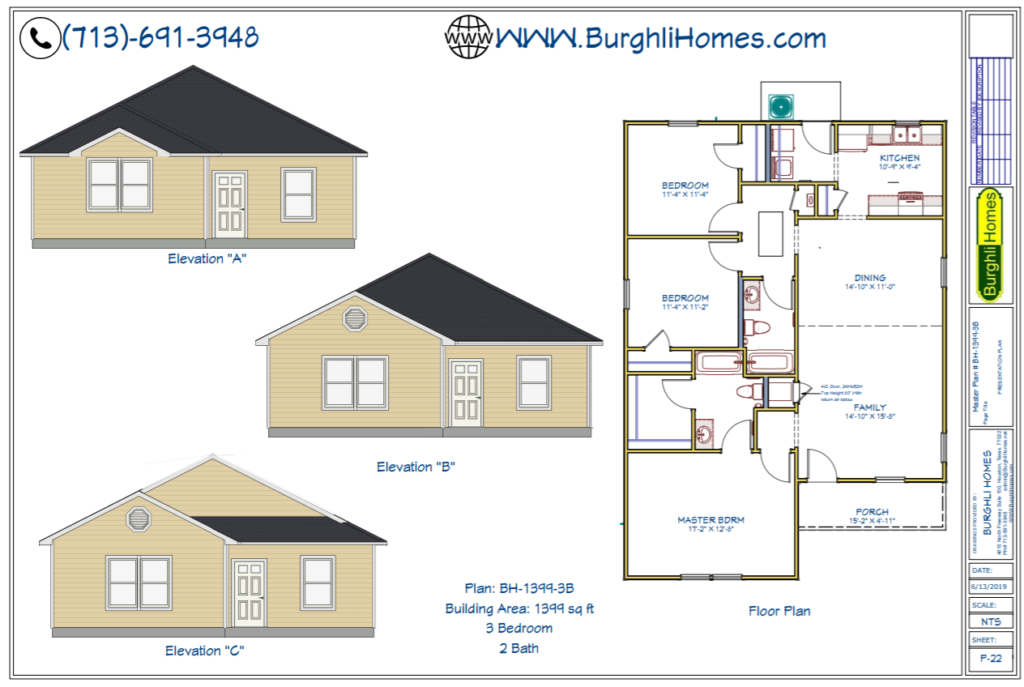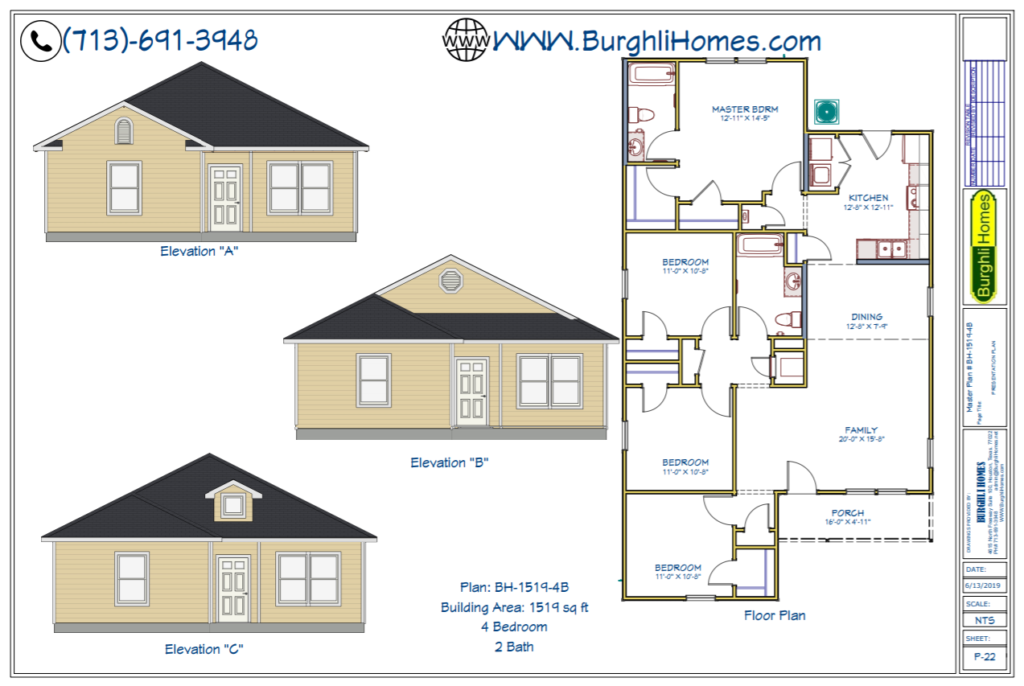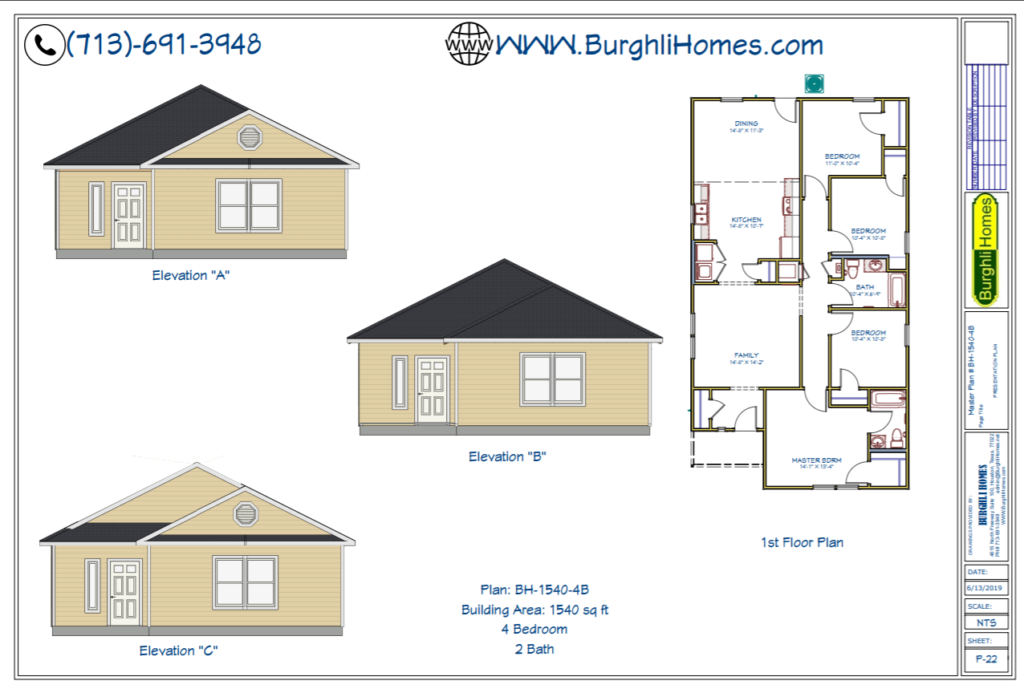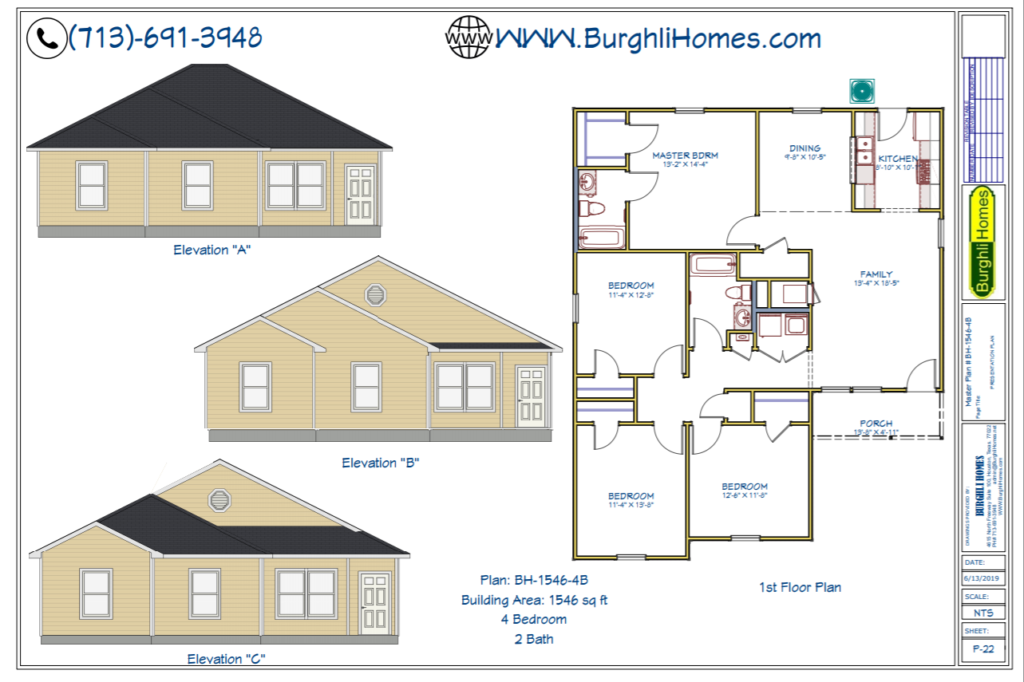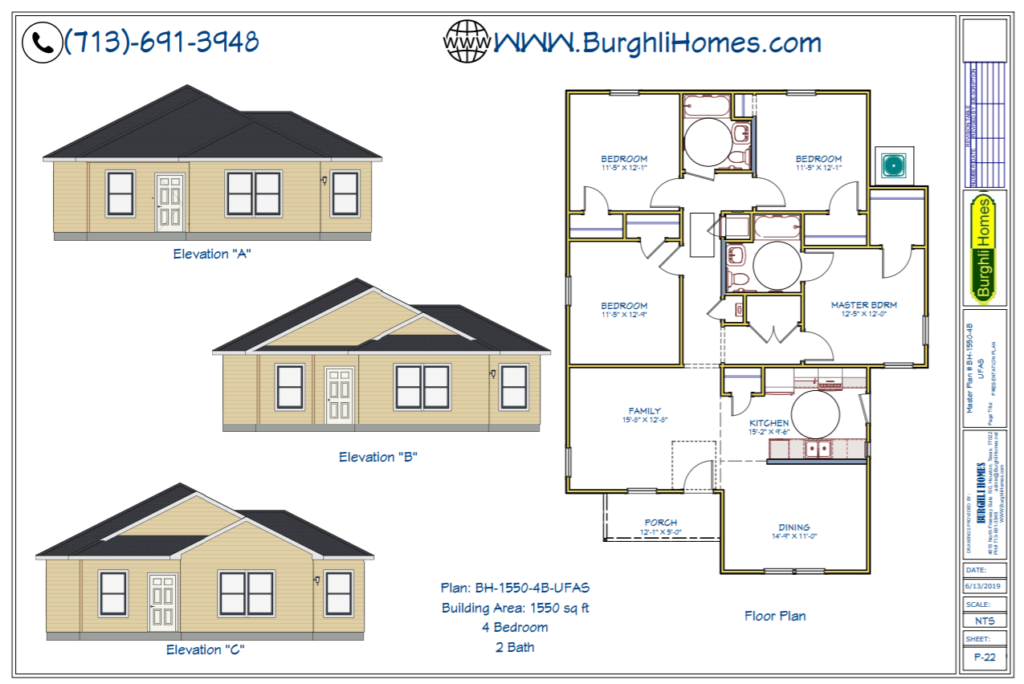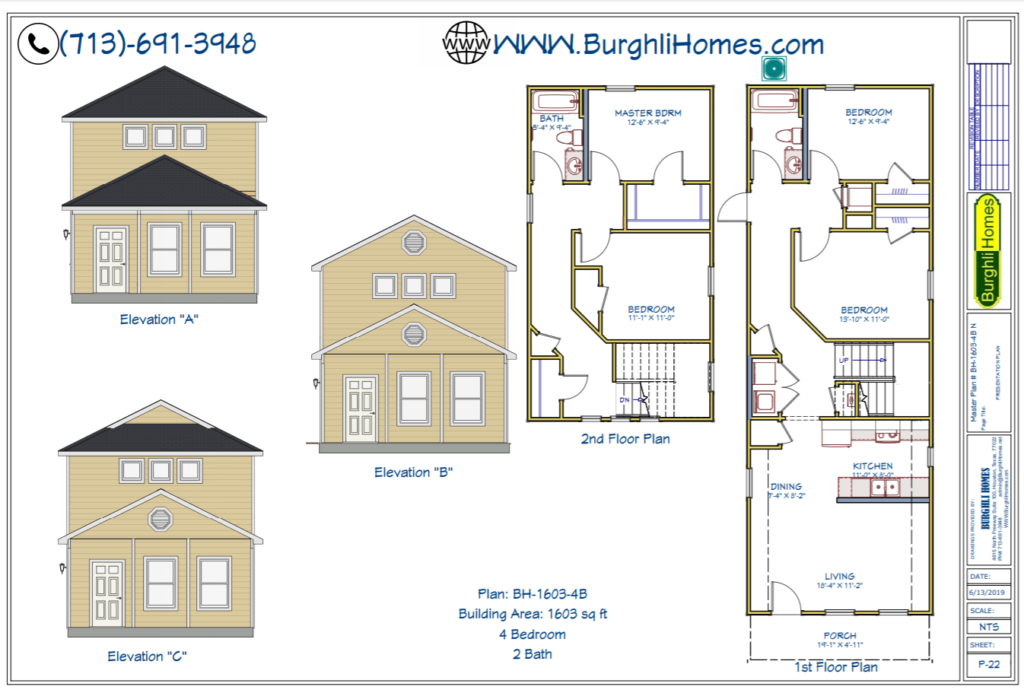Harvey Disaster Recovery About Page
Hurricane Harvey, which made its first landfall in Texas on August 25, 2017, became the second-costliest natural disaster in United States history. Unprecedented amounts of rainfall, which were recorded across broad sections of southeast Texas and southwest Louisiana, caused catastrophic flooding with far-reaching impacts on several sectors of the economy. Total economic losses were in the vicinity of USD100 billion, while public and private insurers bore 30 percent of the cost.
Hurricane Harvey developed from a weak tropical storm that crossed the Atlantic Ocean without causing any major damage. Before tracking through the Yucatan Peninsula, Harvey’s structure degenerated to such extent that it was degraded to an “open wave” and the National Hurricane Center (NHC) ceased to issue advisories for the storm. However, after emerging in the Gulf of Mexico, rapid intensification allowed Harvey to attain major hurricane status (Category 3+) while nearing the Texas coast. During this time, forecasts continued to call for massive rainfall accumulations in Texas and Louisiana as the storm was poised to stall for several days.
Harvey made its first landfall as a Category 4 hurricane late on August 25 near Rockport, TX, with sustained winds of 130 mph. This was the first major hurricane landfall on the U.S. mainland since Hurricane Wilma in October 2005. For the next few days, Harvey stayed close to the Texas coast, while releasing unprecedented amounts of rainfall. Harvey made its final landfall in Louisiana on August 30, maintaining tropical storm status and later dissipated over the U.S. mainland.
Harvey broke the historical record for the maximum rainfall total caused by a tropical cyclone over the U.S. mainland: an unprecedented total of 60.58 inches (1,539 millimeters) was measured in Nederland, TX. The totals widely exceeded 45 inches in coastal Texas. Besides the exceptional rainfall, Harvey caused notable storm surge and wind gusts along the coastline. The brunt of the damage caused by Harvey’s winds was borne by Rockport and the surrounding region.
The vast majority of the historic losses caused by Harvey resulted from the catastrophic flooding in the Houston metro area and the Beaumont/Port Arthur, TX region as multiple rivers crested at record levels, and reservoirs overflowed. Devastating impacts of property, businesses, vehicles, infrastructure, and agriculture followed.
Hurricane Harvey generated major economic losses, which are estimated in the ballpark of USD100 billion. This includes physical damage to residential and commercial properties, automobiles, infrastructure, agriculture, offshore & amp; onshore energy, and marine interests. It also assumes a high cost resulting from business interruption to many sectors.
Harvey became the second-costliest natural disaster ever recorded in the United States, second only to Hurricane Katrina. Approximately 30 percent of the economic cost was covered by public and private insurance entities, with the majority under claims filed via the National Flood Insurance Program (NFIP).
City of Houston – Housing and Community Development
Contact Information:
- Phone #: (832) 393-0550 or (832) 394-5220
- Address: 2100 Travis Street | 4th Floor | Houston TX 77002
- Open Monday-Friday: 9:00 a.m to 5:00 p.m.
Floor Plans Available:
2-Bedroom 1-Bath Floor plans:
3-Bedroom 2-Bath Floor plans:
4-Bedroom 2-Bath Floor plans:

